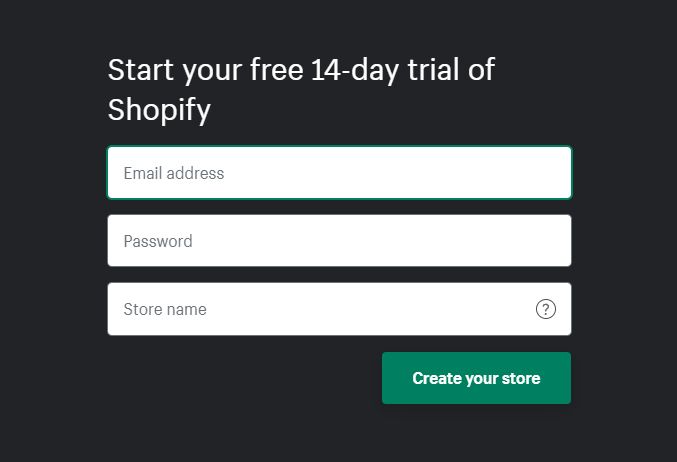How to input category pages in Wordpress shows you the way to insert categories for your Wordpress.com account. Using categories is an effective way that helps people categorize posts while using Wordpress. People usually use them to sort and to group content into different sections. For instance, a news website can have categories for articles which are named under files as News, World, Weather or Fashion, etc. If there is no specific category for one post then the post will be filed into the default category in an automatic way. As the result, this will confuse the users and no one wants that to happen.
More specifically, categories can be utilized in many diverse ways subjecting to your account's theme and widgets. They are widely used in order to arrange your posts on your menu, or create category pages so that your assigned posts can be displayed, or illustrate posts in the available sidebars or widget areas.
Read on for a quick and easy-to-follow instruction on inputing category pages in Wordpress. A few minutes of setting up will do your wonder for good. So read through and do what the instruction says!
How to input category pages in Wordpress
Step 1: Adding categories
First up, you need to go to My Site then click Manage and do the same for Settings. Then click on the Writing option.

And finally, click on Categories. This step will allow you to put in a category description and come up with the option to store a new category below the Top Level Category.
Step 2: Assigning Default Category
There's a fact that all posts are assigned a category named as Uncategorized by default. The default category can be changed through Manage →Settings → Writing → Categories.

Although “Uncategorized” is unable to be deleted, it can be renamed to whatever you want.

Step 3: Assigning Posts to Categories
Before starting this step, remember only Posts, but not Pages, that categories can be added to.
- If you are categorizing your pages on Wordpress, then use Tags.
- If you nest pages under other pages, just use Page Attributes then select Parent Page in Documents Settings for that page.
Go to My Sites → Site → Posts Click on the post you want to assign to a category. Under Document Settings on the right, expand the Category option. Click the checkbox next to the category you want or the post to be assigned to and your changes will be successfully published.

Note: Should not more than five to 15 categories be added and tagged to a post. If you want to fix that problem, you can select multiple categories for a single post to show in.
Step 4: New Category from Within A Post
Click on Add New Category then a new category will be rapidly inserted through the post’s Document Settings. Then you can name the category and select a parent category.
In case you want to add a description for your Category, going to Manage → Settings → Writing → Categories and editing the new category will meet your demand.

Step 5: Category Pages and Menus
A category page will illustrate only the blog posts in the category that you pinpoint. It will enable you to add it to the menu. Just follow these steps: Open the Customizer. (My Sites → Design → Customize)
Go to Menus then select the menu to edit.
Click on Add Items. Select Categories.
Click the Plus icon next to the category you want to add.
Click Publish to save the changes.

Step 6: Topics Listings
There will be topics listings of any tags or categories that you use.
In case you don’t want improper content showing up on the topics listings or search. So Wordpress limits the number of tags and categories that you can use on a public topic listing. Five to fifteen tags (or categories, or a combination of the two) is a good number to add to each of your posts.
The more categories you use, the less likely it is that your post will be selected for inclusion in the topics listings.
Conclusion
In short, I have shown you the process of inputing category pages in Wordpress. Moreover, illustrated images are included in this writing also then it is easier for you to follow. Thus, I hope that you find this topic helpful and have good reading time.


